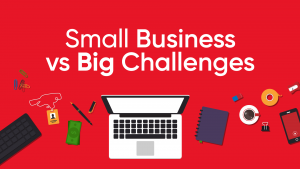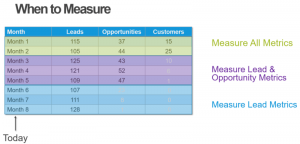— March 13, 2019
Getting Started with Video Production…
In Part I we explore ‘why’ video marketing is so important. In Part II we’re looking at ‘what’ types of content should you be sharing? Knowing exactly what to post doesn’t require a crystal ball – but it does require consideration and planning!
Businesses seeking to gain a competitive advantage are now putting video at the heart of their promotional campaigns. The flexibility of the medium and the plethora of online channels available, provide marketers with a vast range of options for reaching new customers and increasing their online presence.
Online Ads, Case Study Videos, Product & Process Videos are just some of the types of videos that lend themselves to being deployed online and shared via Video Marketing.
‘Viewers retain 95% of a message when viewed as a video, versus 10% if reading it in text.’
What is right for your business will depend on your marketing objectives at the time. Creating a realistic content strategy is vital. Video is just part of the marketing mix and any activity should align itself with the wider company goals.
Who, What, Where…?
- Who are you talking to? Are you seeking to engage new or existing customers? At each stage of the sales funnel there are different messages that will help progress your prospect from a cold to warm lead. Understanding who you are targeting is vital at this stage. Once you can picture that person, then you can explore the types of content that will connect with them.
- What information is key to making that connection? What’s your USP? Why would I choose you over a competitor? List all the reasons why somebody is likely to buy from you. Once you have your list, it’s the job of the video production company to turn these into a format that’s both entertaining and informative.
- Where are your customers likely to view your content? Or rather, where do they hang out online? Understanding where the ‘attention’ is, will give you a far greater chance of making that connection online and engage with your potential customer. To stand a chance of being noticed, it’s important that your content is designed for consumption on a specific channel. What’s right for Linkedin, will most likely, not be appropriate for Facebook…
What type of delivery mechanism you use to tell the story, will depend on what your messages are. Sometimes animation is the right approach, other times video is best. Take advice on how to form a robust strategy that helps you connect at various stages of the sales funnel. Smart marketers will take a multi-platform approach, communicating with customers on both their website, social media (Facebook, Linkedin, YouTube etc) and where applicable, paid advertising.
‘63%f businesses are now using video as a marketing tool.’
We’re all being increasingly being ‘interrupted’ by advertising – and that’s unlikely to change anytime soon. Ensuring that your content is found at the right time, in the right place and by the right person, will make sure that your sales messages are as appropriate as possible. Keep it brief, to the point and operate within the context of the platform; it’s unlikely somebody is going to watch a 5-minute video on Facebook during their journey to work – but provide enough value and grab attention at the right time and customers will slowly and surely start to engage.
Digital & Social Articles on Business 2 Community
(36)









